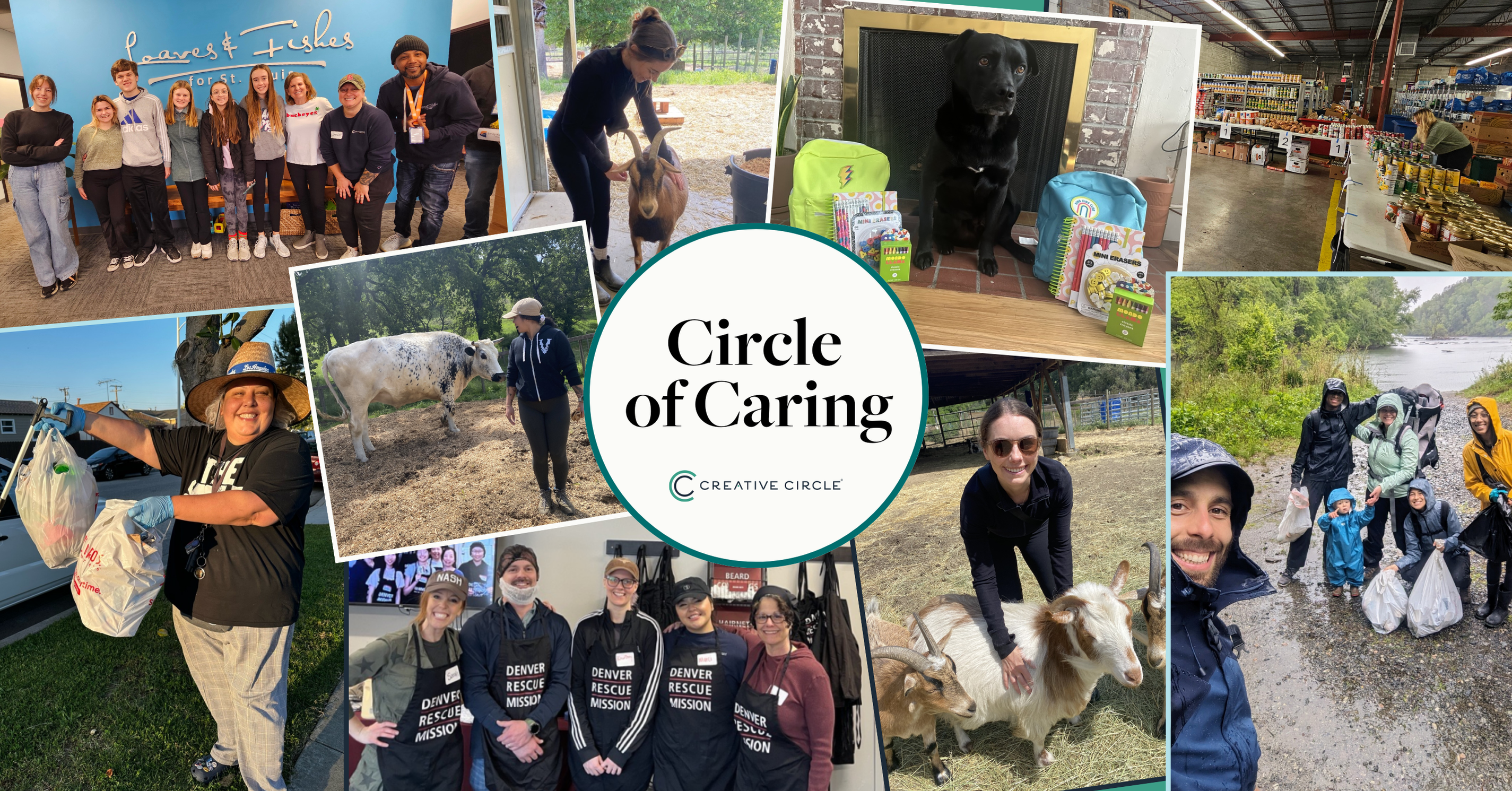Your voice — do you ever think about it? A fair guess is “no.” After all, you uttered your first words at an early age and the rest is history. Not so fast. Don’t dismiss the impressions your voice makes and the power you can derive from capitalizing on it as a prized possession.
In the classic movie Singin’ in the Rain, Lina Lamont is a celebrated star of silent movies. But that era was coming to a close toward the end of the 1920’s. “Talkies,” as early films were called, introduced sound. Gone were the title cards with text and in were actors’ voices. When the cameras started rolling on The Dueling Cavalier and Lina Lamont recited her lines, she had an excruciatingly harsh, grating tone. This was not going to work. In fact, in a scene, when a group watching daily rushes of the new film hears Lina, they laugh hysterically.
Granted, the movie exaggerates the situation. But, the basic premise raises a question of interest — is your voice an asset to your business career?
Your Audible Business Card
“Voices are important things for humans,” says the National Center for Biotechnology Information (NCBI), a branch of the National Institutes of Health. Why? “They are the medium through which we do a lot of communicating with the outside world: our ideas, of course, and also our emotions and our personality. The voice is the very emblem of the speaker, indelibly wove into the fabric of speech.”
Your voice is the channel that holds the key to your authority…or not.
A post on “Credibility — Why Your Voice Matters” starts with a quote from the poet Maya Angelou: “Words mean more than what is set down on paper. It takes the human voice to infuse them with deeper meaning.” The post then elaborates upon this notion. “Ensuring your vocal quality matches your presence is key to establishing your credibility. A disconnect between the two can be perceived as inauthentic and false.”
The Litmus Test
Let’s define terms. Voice is “the sound produced in a person’s larynx and uttered through the mouth, as speech or song.” The quality of a person’s voice is a factor in the business world. What exactly does “voice quality” mean? “It is the characteristic auditory coloring of an individual’s voice…, derived from a variety of …features and running continuously through the individual’s speech. The distinctive tone of speech sounds produced by a particular person yields a particular voice.”
Do you think you know the tone and quality of your voice? Think again. Here’s why. When you speak, “you’re hearing a distorted version of your voice all the time.” In other words, what you hear is not what others get. Since that’s the case, how can you ascertain what others hear when you speak? The voice actor quoted here offers an easy solution. He demonstrates it on TikTok in a clip that has attracted 3.2 million views and counting.
Open your hands and hold them flat in front of you facing one another. Then place each one on the sides of your head from your ears down to your jawbone. Then speak. Listen carefully because “this is what you sound like to other people,” he notes.
There’s another way is to discover your real voice. Record it. Then play it back. Who’s that speaking? You may not even recognize the voice as your own.
Optimizing Your Voice
How about putting in a little work on your own to make the best of what you have? It’s the path to a big payoff. Gilda Carle, Ph.D., AKA Dr. Gilda, shows you the way. “As the adage goes” she says, “it is not so much what you say but how you say it. Each one of us has a unique vocal quality that we can project to define our power.” Her latest book, Amplify Your Media Presence, Amplify Your Brand, addresses this issue.
In the chapter on “Your Voice of Choice,” she notes how voice contributes to our self-identity and to how others perceive us. “The vocal impact we make on others consists of the rate at which we speak, our pitch, our rhythm, our volume, and our use of pauses. Our vocal tones account for 38% of the impression we make when we are face-to-face with a listener, and 78% of our impact when we are on the telephone or any audio device.”
What’s the key to improving how our voice comes across? Three words: proper breath control.
Deep breathing does wonders for our voice. Singers and athletes use this technique. Example: the R&B/hip hop singer Usher used to work out hard on a treadmill before tackling a difficult tune. Makes sense. It increases the intake of oxygen and leads to strengthened breath control. Dr. Gilda says, “The deeper we breathe in, the more force, or louder, we can project our voice.”
How do we achieve this?
Practice Speaking Wearing a Surgical Mask
Go into your pandemic-related stash and put on a mask. Now speak through it; recite a passage of some kind. Talking through a mask improves the vocal sounds you make; it forces you to dig deeper and articulate using more than your lower throat. “Mask voice production opens your voice, improves its range, gives it warmth and richness, fills it with expression, and projects your vocal power,” explains Dr. Gilda.
Breathe from Your Diaphragm
Most of us breathe through our chest rather than from our diaphragm. Changing this pattern to breathe via our midsection turbocharges our voice. Diaphragm breathing supplies a larger volume of air; it not only projects our voice but also imparts a pleasing tone. It takes effort to develop this capacity and seems unnatural at first. Here’s how:
Place one hand on your chest and the other on your diaphragm.
Breathe in at a ratio of 7 to 1.
Inhale through your nose for 7 counts; hold your breath for 1 count.
Then exhale through your mouth for 7 counts, moving your diaphragm not chest.
Repeat, repeat, repeat.
Check you’re doing this correctly. Place your hands on your abdomen with your fingers pointing together; as you inhale, push out against your hands with your lower ribs and abdomen; then, as you exhale, ensure the abdomen contracts.
Now, speak when you’re breathing this way. Your stomach should move in smoothly and gradually. If your upper chest moves up and down, go back to the beginning and try again.
For an additional perspective, see “How Breathing Can Improve Your Voice.”
Find and Use Your Proper Pitch
Is your pitch high or low? Inquiring minds intent on improving their voice should not focus on this aspect but rather on “proper pitch.” Proper pitch is the one that’s just right for you. It’s your own personal formula, the point where your vocal carrying power, smooth tone, and comfort come together. These vocal exercises point the way:
Raise your arms above your head.
Close your lips and say, “Um, hum, one; um, hum two; um, hum three.” Go to 10.
Ensure your pitch of the number is at the same level as your “Um, hum”
Check that your nose and lips are humming and resonating.
Got it? Your proper pitch is the sound of the “Um, hum.” Now work it! Use that pitch to say: “Good morning,” “My name is ______.” Next, repeat these energy words: “Hello, “really,” “beautiful,” “right,” “ready,” “no,” “go,” “do.” Word of caution from Dr. Gilda: “You may feel dizzy at first after performing these exercises. This is a temporary condition caused by excessive oxygen intake. The dizziness will pass quickly.” The reward? Imbuing your voice with strength and assertiveness.
Other Tips
There is lots of information online on ways to maximize your voice. WikiHow is a great source for many things voice, such as “4 Ways to Improve Your Voice,” “How to Improve the Quality of Your Voice” and “How to Improve Your Speaking Voice.” Check these and others out.
This longstanding organization asks: “Do you want to practice public speaking, improve your communication and build leadership skills? With Toastmasters you can break barriers.” Look for a chapter near you and get ready to share your voice and experiences with others.
Closing Thoughts
“We use our voice to communicate who we are and what we think,” says Dr. Gilda. “But it also determines how others treat us. Simply, a weak, poorly projected voice corrupts our communication and the impression we make.”
What’s the moral of this story? Be aware of the power your voice carries; then harness its potential. Go for it!
About the author.
You name it, she covers it. That’s the can-do attitude Sherry M. Adler brings to the craft of writing. A polished marketing and communications professional, she has a passion for learning and the world at large. She uses it plus the power of words to inform and energize stakeholders of all kinds. And to show how all of this can make a difference, she calls her business WriteResults NY, LLC.




